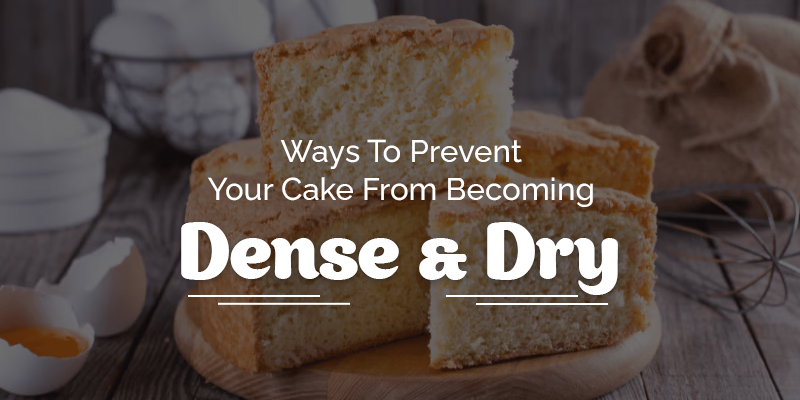There is no place for dry or excessively dense cakes in this world. Unfortunately, it is too common for a seemingly harmless cake to suffer from either undesirable textures. However, techniques are available to prevent such unfortunate outcomes, and it is part of professional bakery courses in Chennai. By implementing these essential baking tips, you can ensure that your cakes remain moist and fluffy. Read the blog to know the preventive measures for the cake from being dense and dry.
Using Cake Flour:
It is ideal to use cake flour instead of all-purpose flour. Cake flour is a finely powdered delicate ingredient used for making cakes. However, it is to be noted that certain recipes may not call for cake flour due to its fine consistency. For instance, chocolate cake already incorporates cocoa powder, a soft dry ingredient. In such cases, combining cake flour with cocoa powder often leads to a weak or flimsy cake. Similarly, carrot cake and banana cake include additional moist ingredients like fruits or vegetables, making cake flour less than ideal due to its lack of strength.
Nonetheless, experimenting with cake flour is recommended when preparing the vanilla cake, white cake, red velvet cake, vanilla cupcakes, and other cakes/cupcakes that benefit from a light and fluffy texture.
Using Sour Cream:
Sour cream enhances the moistness and fluffiness of the cake. While milk is typically used in cake recipes to dilute the batter and lighten the texture, sour cream is frequently neglected. Consider including a tablespoon of sour cream alongside milk, depending on the recipe. If not, plain yogurt can serve as a suitable substitute.
Room Temperature Butter:
Every recipe calls for room-temperature butter, which should not be underestimated. Suppose the butter is not at the correct room temperature when you start blending it with sugar, there is a significant possibility that the butter and sugar will be over-creamed. It means that the butter will incorporate more air than needed. When the batter is baked, the excess air will deflate, resulting in an excessively dense cake.
To achieve optimal outcomes, it is recommended to cream the butter and sugar together for approximately 1-2 minutes.
Furthermore, the cake recipe may specify room-temperature sour cream, milk, and eggs. Ensure that each ingredient is also at room temperature for the best results.
Brush With Syrup:
When faced with a situation where things go completely wrong, and you end up with a dry cake, there is still hope. You can restore moisture by applying a quick brush of simple syrup.
You need to gently brush the with simple syrup over the cake after it cools down completely. A simple syrup combines granulated sugar and water in equal amounts. The mixture is added to a saucepan and heated til the sugar dissolves. The syrup is allowed to cool down and brushed over the cake. A small amount of vanilla extract or lemon juice can be added to enhance the syrup flavor.
Hence, these tips can be incorporated into your cake recipe for the best results. Get bakery training in Chennai at our academy to get in-depth baking insights and create your own delicacies.


